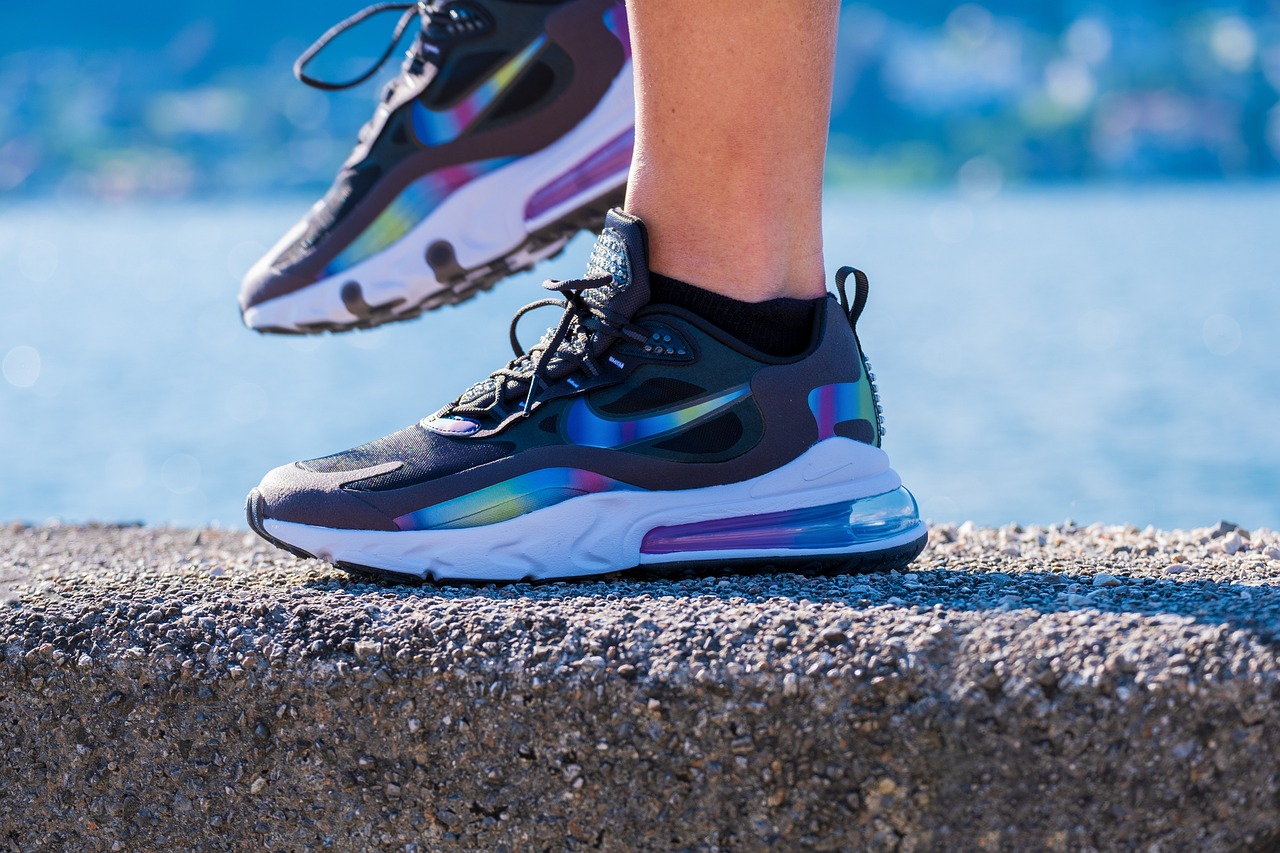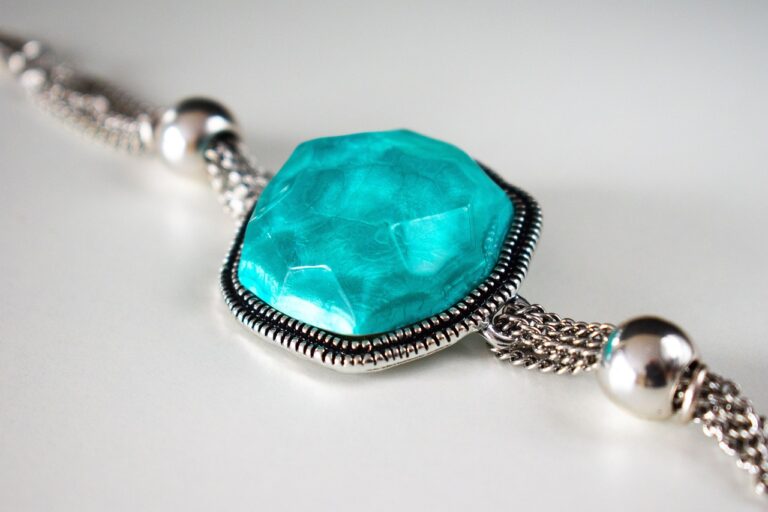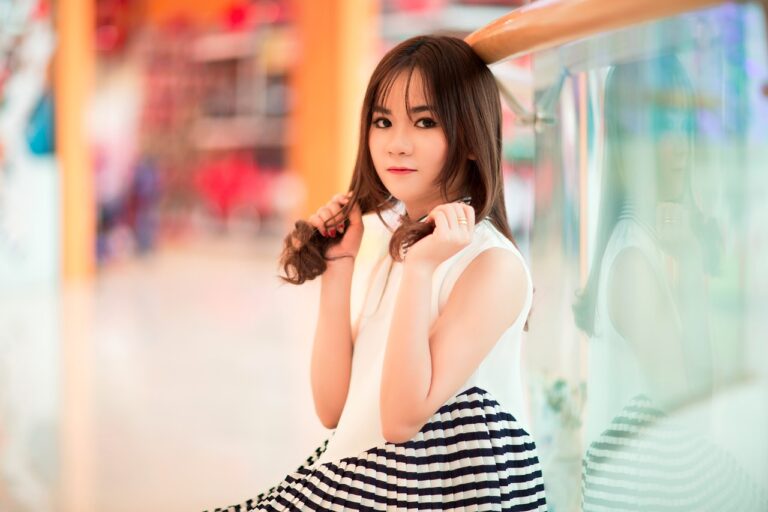Fashion and Wellness: How Clothing Choices Impact Well-Being
When it comes to choosing our daily outfits, we often do not realize the psychological impact our clothing choices can have on us. The clothes we wear can influence our mood, behavior, and even our self-perception. For example, wearing professional attire can make us feel more confident and competent in a work setting, while loungewear can create a sense of relaxation and comfort.
Additionally, our clothing choices can also affect how others perceive and interact with us. Research has shown that individuals tend to make assumptions about a person’s personality, status, and competence based on their attire. This highlights the importance of selecting clothing that not only makes us feel good but also conveys the image we want to portray to the world.
The Relationship Between Comfort and Confidence
Comfort and confidence are intricately connected aspects of one’s demeanor. The feeling of comfort in clothing can play a vital role in boosting self-assurance and overall confidence levels. When an individual is at ease in what they are wearing, they are more likely to exude a sense of inner confidence that is projected externally, positively impacting their interactions with others.
On the contrary, when someone is uncomfortable in their outfit choice, it can lead to a lack of confidence in how they present themselves to the world. Discomfort can create self-consciousness and distract from being fully present in social or professional situations. Therefore, the correlation between comfort and confidence is noteworthy, as it highlights the importance of selecting attire that not only looks good but also feels good to wear.
How Colors Affect Mood and Well-Being
The colors we choose to surround ourselves with have a significant impact on our mood and overall well-being. Bright and vibrant colors such as yellow and orange can evoke feelings of energy and positivity, while cooler tones like blue and green are often associated with calmness and relaxation. Understanding the psychological effects of different colors can help individuals make intentional choices in their environments to promote a desired emotional state.
Research suggests that warm colors like red and orange can stimulate appetite and create a sense of warmth and comfort, making them ideal choices for spaces like dining rooms and living areas. On the other hand, cooler colors such as purple and blue have been shown to promote feelings of tranquility and serenity, making them well-suited for spaces intended for relaxation, such as bedrooms or meditation rooms. By strategically incorporating various colors into our surroundings, we can create spaces that support our emotional well-being and enhance our overall quality of life.
– Warm colors like red and orange can stimulate appetite and create a sense of warmth and comfort
– Cooler colors such as purple and blue promote feelings of tranquility and serenity
– Bright and vibrant colors like yellow and orange evoke energy and positivity
– Cool tones like blue and green are associated with calmness and relaxation
– Strategic use of different colors in our surroundings can support emotional well-being
Can the colors we wear really affect our mood?
Yes, research has shown that colors can have a psychological impact on our mood and well-being.
How can the colors of our clothing choices affect us?
Different colors can evoke different emotions and feelings. For example, wearing bright colors like yellow can boost energy levels, while wearing calming colors like blue can promote relaxation.
Is there a relationship between comfort and confidence when it comes to clothing choices?
Yes, feeling comfortable in what you’re wearing can boost your confidence levels. When you feel good in your clothes, you are more likely to exude confidence and positivity.
How can we use the knowledge of how colors affect mood to improve our well-being?
By choosing clothing in colors that promote the emotions and feelings we want to cultivate, we can positively impact our mood and overall well-being. It’s all about understanding the psychological effects of different colors.
Are there any specific colors that are universally known to have certain effects on mood?
While individual experiences with colors can vary, certain colors like red are commonly associated with energy and passion, while green is often linked to harmony and balance. It’s important to consider personal associations with colors as well.







